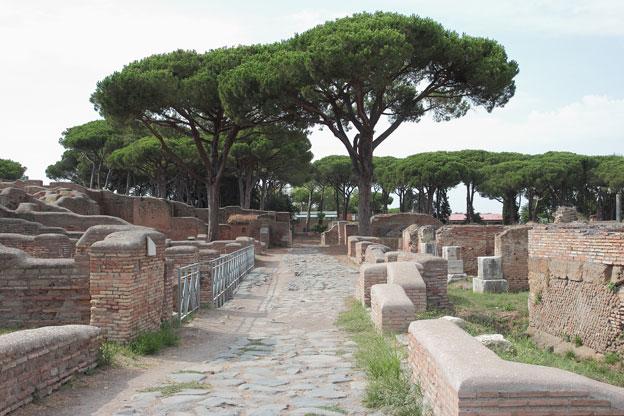A previously undiscovered part of the ancient Roman port of Ostia has been unearthed and it is larger than Pompeii, a team of archelogists working on the site since 2007 revealed last week.
The Archaeological Superintendency of Rome, which conducted the study with the American Institute for Roman Culture, said the discovery is exceptional because it reveals that Rome, in the first century BC, was not circumscribed by the Tiber river to the north, but actually split in two by it. This means the exact location of Ostia, the port where the Roman empire's biggest fleet was stationed and through which goods traveled to and from the imperial capital, will need to be re-evaluated. The head of Ostia’s archaeological superintendency said the discovery “would plausibly move back the ancient coastline some four kilometers from where it is now.”
Towers, warehouses, new walls and road layouts have surfaced. Ostia Antica thus reveals the grandeur of a "real city" no one could have imagined until the recent finds.
Speaking about the finds, the head of Ostia’s archaeological superintendency said, “They found a circular-plan mausoleum clad with travertine blocks which had its initial stage between the end of the first century BC and the start of the first century AD, with stages of re-use up till the fifth century AD. Furthermore, a wall structure from late antiquity was discovered under the humus of the park and the illegal waste dump, which revealed a beautiful polychrome marble-covered pavement, from the fourth-fifth century AD. We believe it was a domus, whose level of pavement work denotes a certain refinement.”
Ostia Antica is the best preserved ancient Roman town outside Pompeii, but it attracts far fewer visitors than Pompeii.
Read ITALY Magazine's feature story about "Ostia Antica: The Other Pompeii" here.













